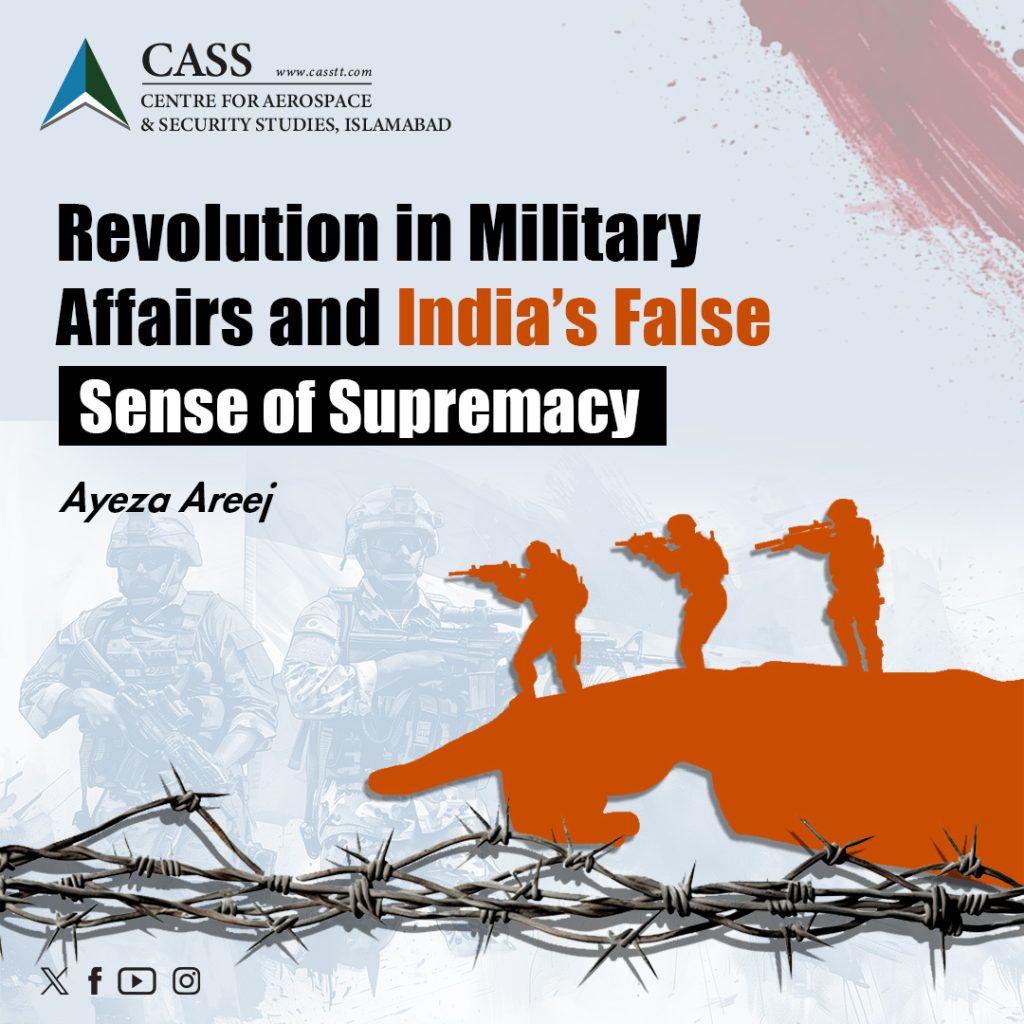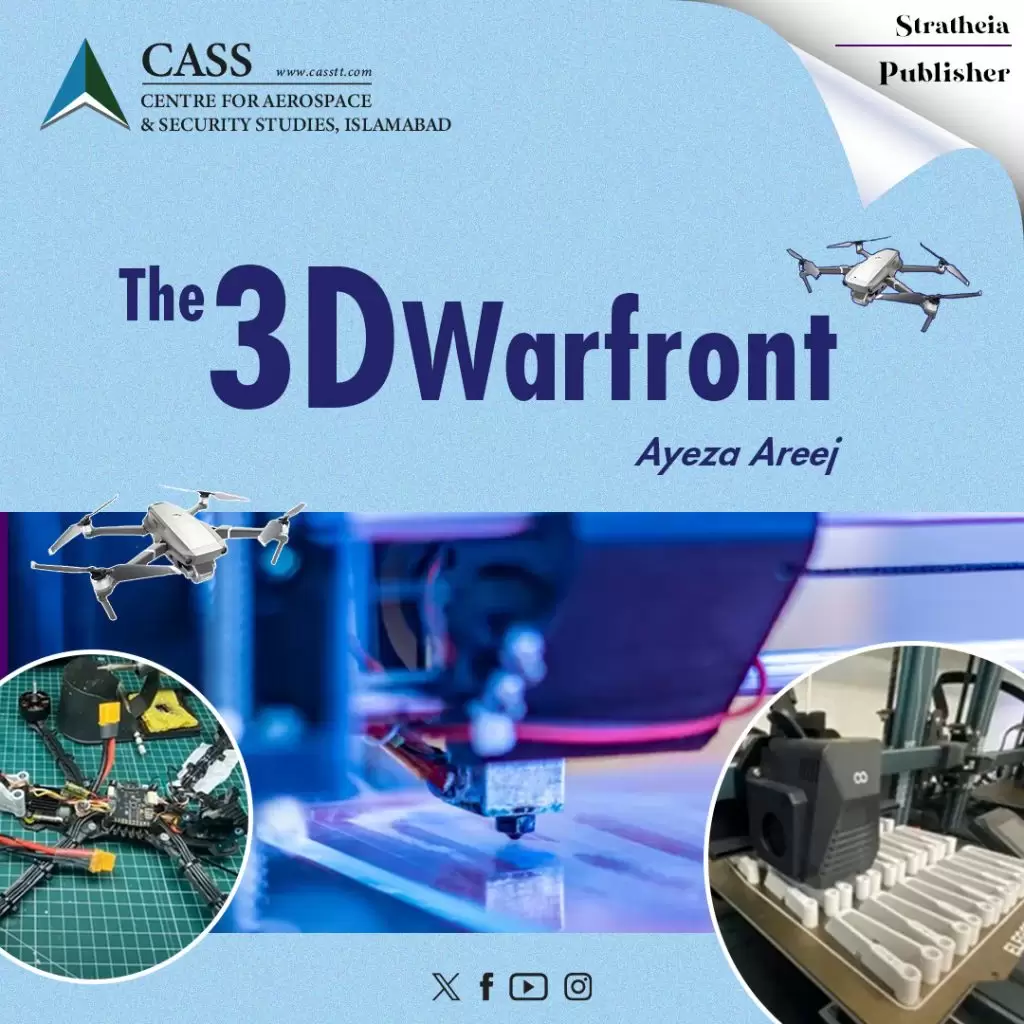Indian Airforce (IAF) has been working with state-owned Hindustan Aeronautics Limited (HAL) to develop a manned-unmanned combat system known as the ‘Combat Air Teaming System (CATS)’ for the last few years. The project officially commenced in 2018, while the concept was publicly unveiled during AERO-India 2021. The CATS project was initiated to enable the IAF to conduct precision deep strikes, and close support missions while avoiding human losses and reducing mission costs.
India is not the first country working on this initiative; several other states are also investing in the man-unmanned teaming (MUM-T) concept. The US XQ-58 Valkyrie, Australian MQ-28 Ghost Bat, Turkish Baykar Kizilelma, Chinese FH-97A and GJ-11, and French-German-Spanish joint venture remain prominent examples of such ventures. The air forces worldwide are moving in this direction, and in the coming years, these systems are expected to become operational with many contemporary air powers.
The concept offers multiple advantages in air-to-air and air-to-ground missions. For instance, the CATS Warrior or Loyal Wingman is designed to perform a variety of missions. It can shoot down enemy planes, strike targets on the ground, work as a scout for manned aircraft to increase its situational awareness, and sacrifice itself for manned aircraft. Besides these advantages, it can conduct cost-effective missions vis a vis manned systems. For instance, a modern fighter like the F-35B costs about 109 million dollars, while an unmanned combat aerial vehicle (UCAV) such as the MQ-28 Ghost Bat only costs around 8-10 million dollars. This demonstrates a stern contrast between manned and unmanned fly-away costs, reaffirming the earlier notion that unmanned aircraft are less costly than manned aircraft.
HAL’s CATS conceptual design is based on a piloted aircraft serving as the central control unit, or ‘mothership,’ and systems under the command of the piloted aircraft. The mothership will be either, fighters like Su-30 or Tejas or even a transport carrier as well, depending upon the mission. The program has three main offshoots: CATS Warrior, CATS Hunter, and CATS Air Launched Flexible Asset-Swarm (ALFA-S), each controlled and operated by a manned fighter jet. However, the article’s central focus will be the CATS flagship program, CATS Warrior.
CATS Warrior is a UCAV, designed to execute air-to-air and air-to-ground missions including precision deep strikes, launching loitering munitions, and conducting high-altitude reconnaissance missions while saving the mothership from adversary’s aerial threats. The Warrior will accompany or precede the IAF-manned fighter jets and defend them against hostile adversary threats. It has a maximum range of 700 km and can release 24 ALFA-S loitering munitions. Furthermore, it can use different payloads on external pylons, with two attached to each wingtip and two in the internal weapon bays, subject to mission requirements.
The system is, however, not without some limitations. For instance, currently, it can only shoot down limited types of aerial threats including UAVs, subsonic aircraft, and helicopters. This is because the two engines, PTAE-7 and HTFE-25, selected to propel the Warrior UCAV can only reach subsonic speeds. Secondly, it cannot carry long-range air-to-air missiles because of payload issues.
Similarly, CATS Warrior has a combat radius of only 350 km, which prevents it from taking off from rear bases. Moreover, the warrior has limited endurance ranging between 80 to 120 minutes. This restriction prohibits employment options of Warriors in some respects, Likewise, the endurance will be further reduced once fly at lower altitudes to avoid radar detection. This implies that the CATS Warrior provides limited utility to IAF in its present form. However, these limitations are not uncommon for loyal wingmen developed by other countries as well. For instance; the Australian Mq-28 Ghost Bat loyal wingman can only go subsonic at a maximum speed of 296 kilometres per hour. Similarly, the US X-58 Valkyrie can reach 882 kilometres per hour. However, technological advances are expected to overcome these deficiencies with time. In addition to these general limitations of the MUM-T, there are also concerns about the increased workload of the mothership pilot controlling both the UCAVs and manned aircraft, especially in contested environments, though efforts are continuing to alleviate such issues as well.
To sum up, CATS is a unique concept that optimally combines the attributes of both manned and unmanned platforms. Though the concept is still evolving to its full potential, there is optimism for a new era of man-unmanned teaming. At present IAF, like some other countries that are venturing into the new idea, is likely to take some years before it can develop and mature the system, entirely.
Usman Haider is a Research Assistant at the Centre for Aerospace & Security Studies (CASS), Islamabad, Pakistan. He can be reached at [email protected].





